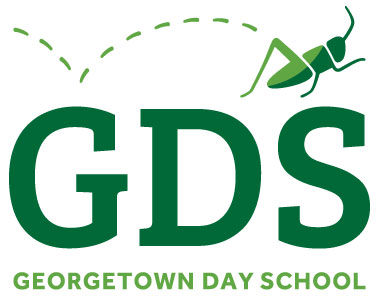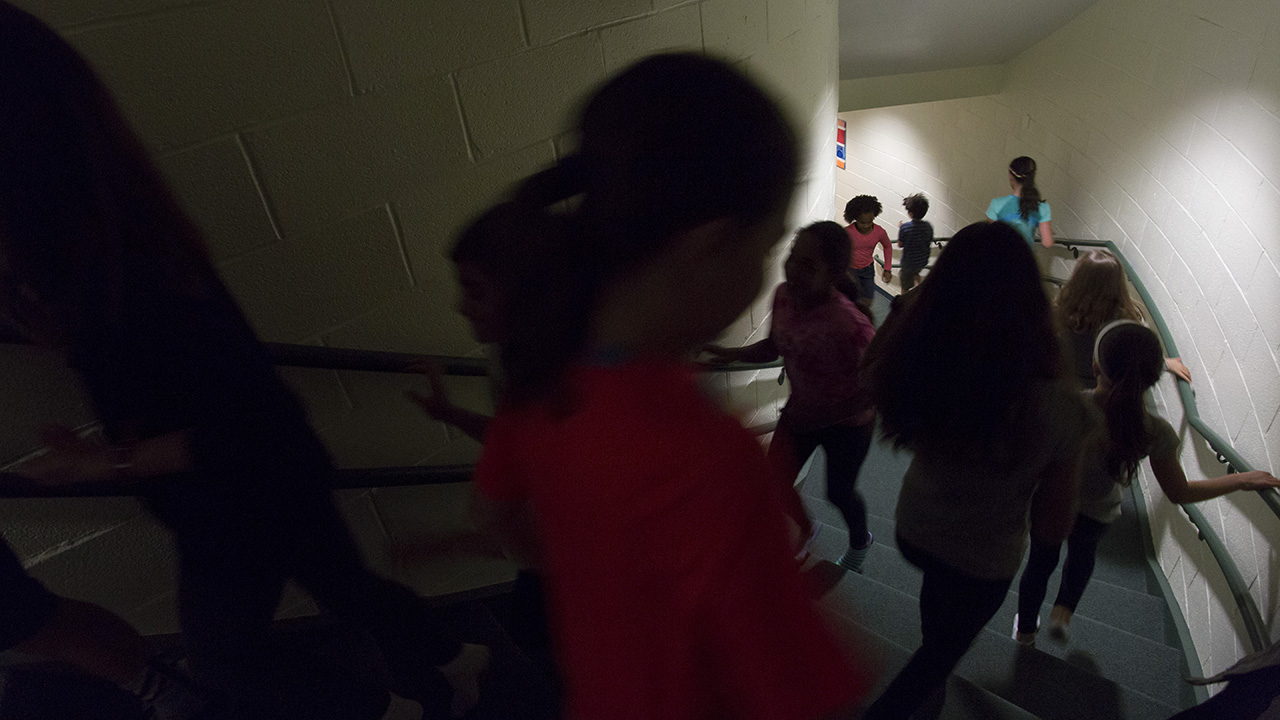I have been contemplating aspects of the GDS mission, the skills of “A GDS Student Will,” and connecting the statements to my own ideas about my role as a counselor and psychotherapist. I wonder, how do you measure and assess these skills? What are the best processes to nurture these competencies in our students at GDS? How do we model them as community members?
I am the newbie in this community, so I am just beginning to learn what it means to feel a part of GDS, both as a counselor and a parent myself of three GDS Lower School students. I am engrossed in wonderful TED Talks and articles related to raising children, parenting, social and emotional learning, and how our current culture is navigating raising the next generation of thinkers, leaders, creators, tinkerers, and “compassionateers.”
These aspirational skills can be often be offset by the outer aspects of our intense high performing American culture, where we demand success by any way possible, specifically as a part of a privileged community of people at an independent school. Certainly, attending an independent school is a privilege in itself, and we deserve to look a little deeper at how we merge the act of producing courageous young people, who take risks, tolerate and learn from failure, and, of cultivating engaged just, moral, and ethical citizens.
What we are really asking from our children and our students is to become vulnerable:
- To place themselves in spaces, events, situations and with people who require them to open their cores;
- To walk along those emotional edges of discomfort;
- To step into the arena, daring themselves to be fully present.
In doing so, if we, as parents, are asking these beautiful young minds to connect and engage, we must also require ourselves to model and partner with one another.
What I see around the halls of the Middle School and in the conversations that happen in my office is the need for help with feelings of vulnerability. Perhaps it is the 6th grader who is seeking some advice about friendships and disappointment, or the 7th grader who is navigating the hurt of something that happened outside of school, or it is the 8th grader who worries that they cannot live up to demands or recover from failures. Our middle school students are wholehearted in their emotional worlds. They feel deeply, sometimes scared by their own vulnerability. They need guidance along their journey.
We have a great opportunity at GDS to share with them our own vulnerabilities, our own stories of hardship, challenge, and difficulty. Courage and bravery means opening up about that which makes us walk along that edge of discomfort. And it propels us forward.
When someone shares their story, we have the moment to appreciate them as fierce. We can be compelled by their power. Yet, when we think of our own vulnerability, it is a weakness, something to be hidden or set aside in private.
Brené Brown, in her book, Daring Greatly, talks about the transforming power of vulnerability as it leads to deeper connections and engagement. It brings purpose and meaning to a life daringly lived. Being courageous and vulnerable requires practice. It asks us to take a leap of faith, a plunge into uncertainty and emotional exposure. It breeds the ability to connect on a deeper level with others, which at its core is what we all wish for our children.


